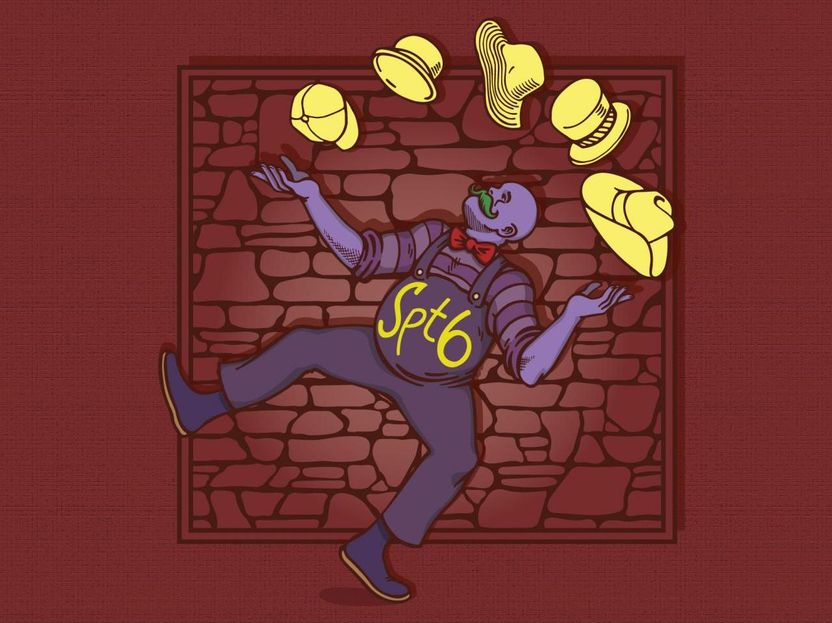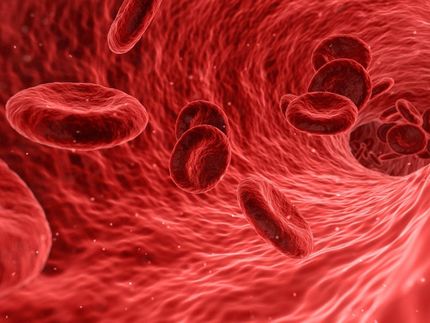New Approach to Treating Incurable Leukemia in Children Discovered
acute lymphoblastic leukemia is the most common form of cancer affecting children in Switzerland and, unfortunately, is often incurable. Researchers from the University of Zurich and the University Children’s Hospital Zurich have now found a way to stop the driving force behind this type of leukemia at a molecular level and develop a targeted therapy.
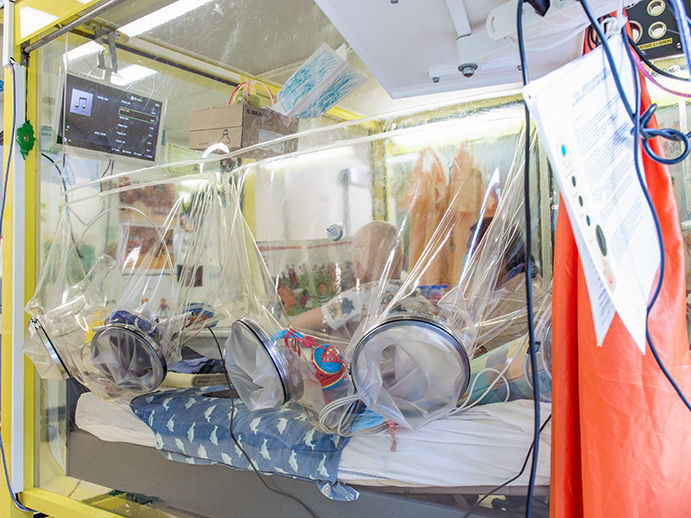
Frequent and often incurable: Child with acute lymphoblastic leukemia.
Gabriela Acklin, Universitäts-Kinderspital Zürich
Acute lymphoblastic leukemia (ALL) is a form of blood cancer that primarily affects children and young people. It involves large quantities of malignant progenitor cells building up in a person’s blood instead of healthy white blood cells. This is often caused by a change in genetic material, with two chromosomes fusing together to create new abnormal genes that disrupt the system controlling normal blood development. Such types of leukemia are often extremely resistant and cannot be cured with intensive chemotherapy or stem cell transplantation. In search of new ways to tackle this problem, a team of scientists from the University of Zurich and the University Children’s Hospital Zurich has been scrutinizing the molecular causes of this disorder.
Abnormal protein activates genes at wrong time
For the purpose of their investigation, the researchers – led by Jean-Pierre Bourquin and Beat Bornhauser – analyzed a protein called TCF3-HLF, which is typically associated with this type of leukemia. This protein does not occur naturally; it is produced through the fusion of two chromosomes and contains elements of what are known as transcription factors, which activate the transcription of certain genes. The analyses revealed that the abnormal protein TCF3-HLF also activates a whole range of genes, but it does so in the wrong context and at the wrong point in the blood development process. This triggers the formation of malignant white blood cells and causes leukemia. “Our research shows that the abnormal protein binds to almost 500 regulatory elements in the genetic material of the human leukemia cells, activating hundreds of genes by mistake,” explains Yun Huang, lead author of the study.
Leukemia triggers figured out using “gene cutter”
The researchers also discovered that the abnormal protein does not act alone. In fact, it gathers more than 100 other proteins around it, which help to activate the genes. “We investigated the function of the individual proteins in this genetic machinery and used this to identify key elements that could be targeted through therapy,” explains Huang. He and his colleagues used the CRISPR/Cas9 method, sometimes referred to as a “gene cutter”, to detach the specific parts they had identified from the machinery. As a result, they managed to find eleven critical factors that are crucial to the build-up of malignant abnormal blood cells behind leukemia.
New substance kills cancer cells in targeted way
One of the essential components now identified is the protein EP300, a cofactor that boosts gene activation. An experiment with mice indicated that EP300 could be a very promising target for therapy. For this investigation, the researchers used a new kind of substance called A-485, which is known to bind to EP300 and inhibit its activity. When A-485 was administered to mice carrying human leukemia cells, the malignant cells died off. “It is therefore possible, in principle, to stop the fundamental driving force behind this leukemia directly and thus develop a targeted type of therapy,” says research group leader Jean-Pierre Bourquin. “The important thing now is to build a fuller picture of what goes wrong so that we can investigate the best possible way to combine specific modes of attack like this.” Given that other forms of leukemia are caused by similar mechanisms, it may also be possible to identify a common denominator for developing new drugs to combat cancer.
Original publication
Other news from the department science

Get the life science industry in your inbox
By submitting this form you agree that LUMITOS AG will send you the newsletter(s) selected above by email. Your data will not be passed on to third parties. Your data will be stored and processed in accordance with our data protection regulations. LUMITOS may contact you by email for the purpose of advertising or market and opinion surveys. You can revoke your consent at any time without giving reasons to LUMITOS AG, Ernst-Augustin-Str. 2, 12489 Berlin, Germany or by e-mail at revoke@lumitos.com with effect for the future. In addition, each email contains a link to unsubscribe from the corresponding newsletter.
More news from our other portals
Last viewed contents
BIOMEVA and Boehringer Ingelheim strengthen their biomanufacturing services in a production alliance
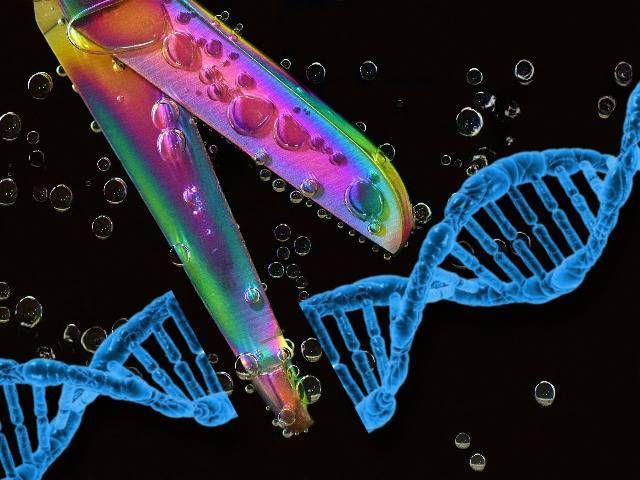
Bayer and Mammoth Biosciences to Collaborate on Novel Gene Editing Technology - Mammoth to receive upfront payment of USD 40 million, and potential future milestone payments of more than one billion USD upon successful achievement
K-State researcher, collaborators study virulence of pandemic H1N1 virus
XOMA Licenses BCE Technology for Recombinant Protein Production to Wyeth
Colorado BioScience Association - Denver, USA
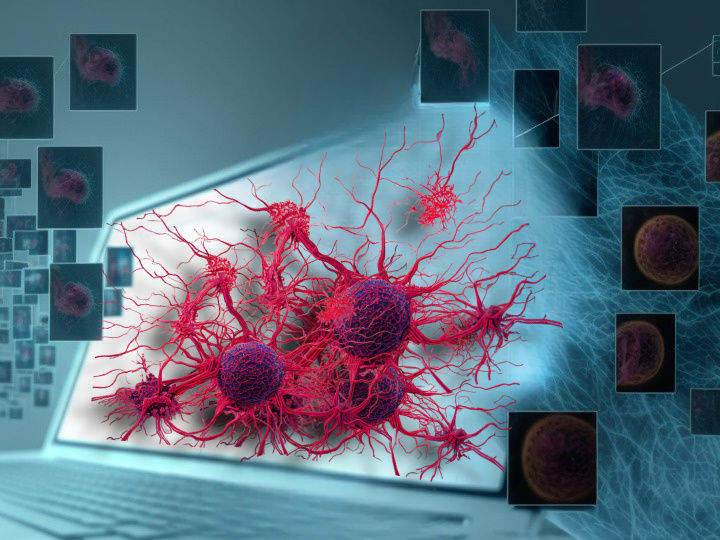
Sinonasal cancer: AI facilitates breakthrough in diagnostics - Researchers have developed a method for classifying difficult-to-diagnose nasal cavity tumors
American_Society_of_Cytopathology

Starting up with highly promising immunotherapies - Fighting cancer with specially equipped T cells
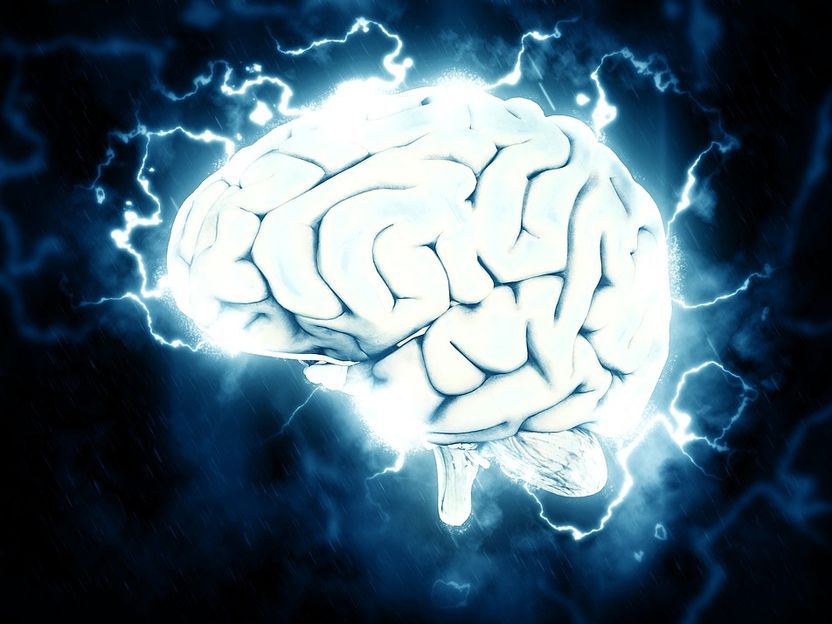
Alzheimer’s disease: Protective immune response in the brain?
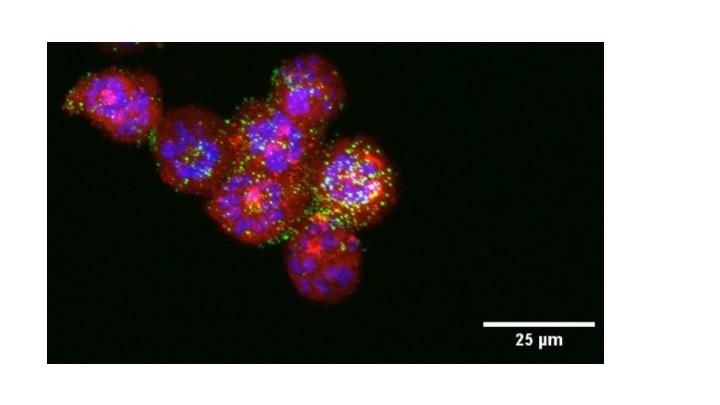
Nanoparticles to target, kill endometrial cancer
